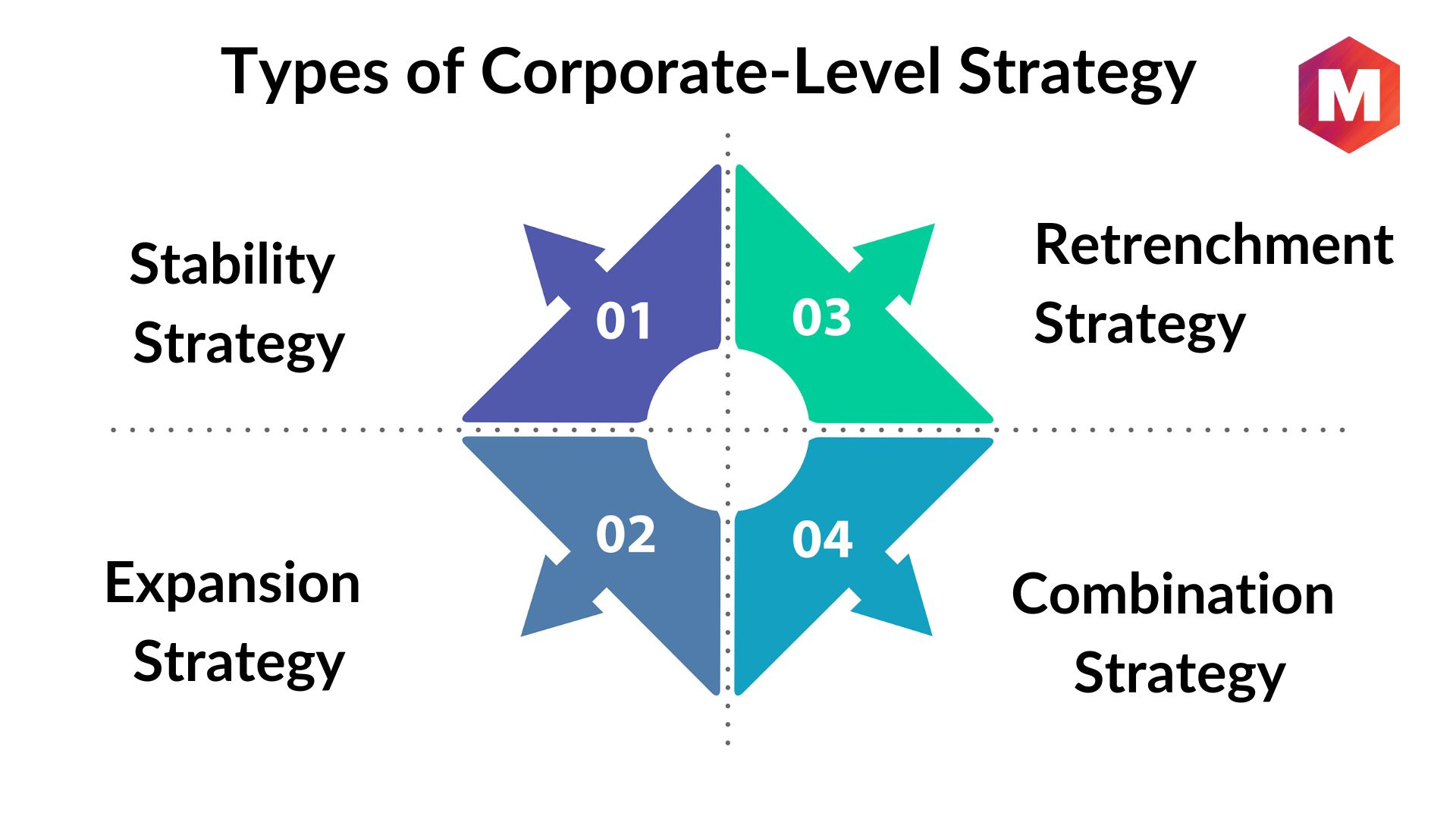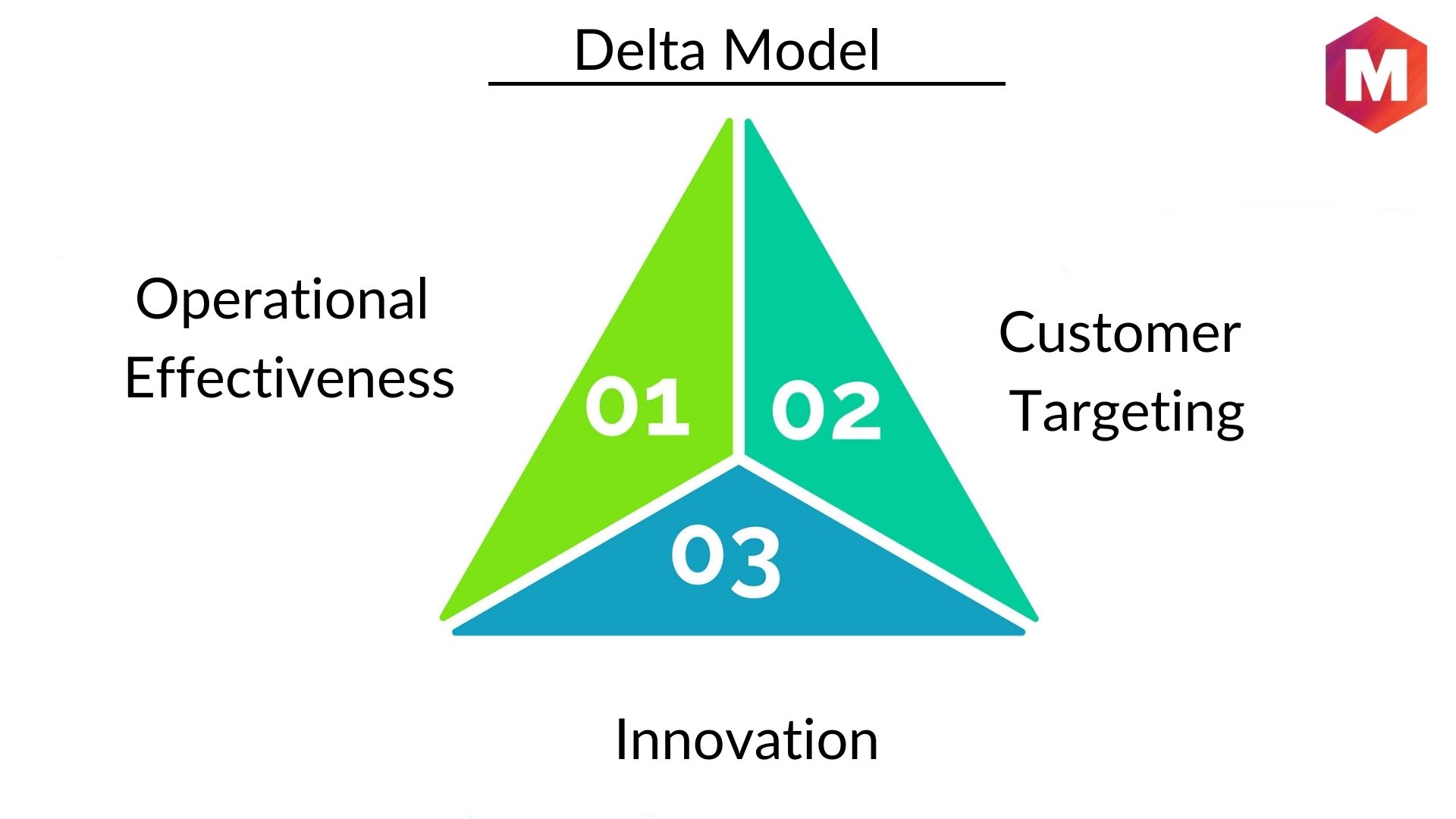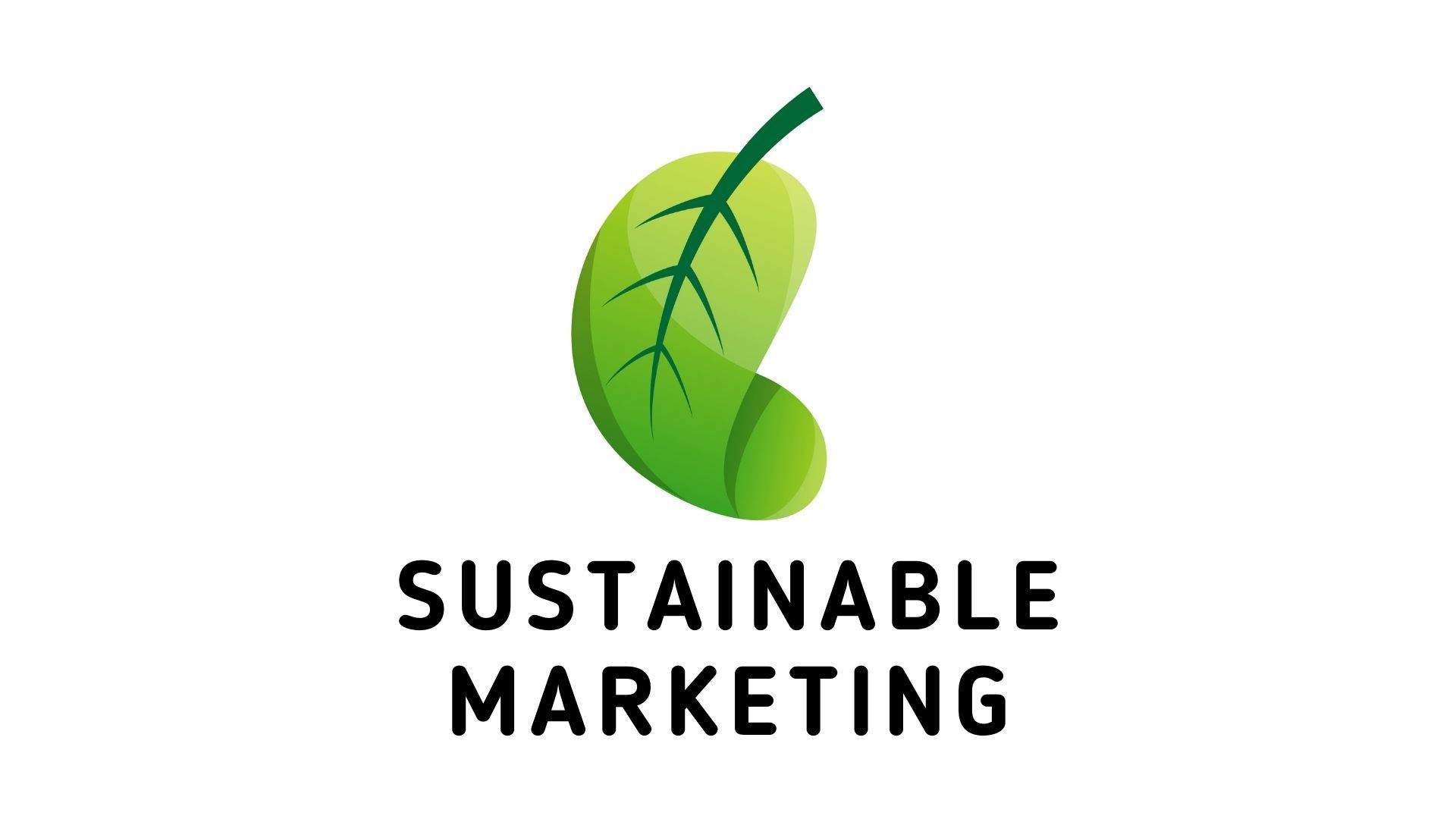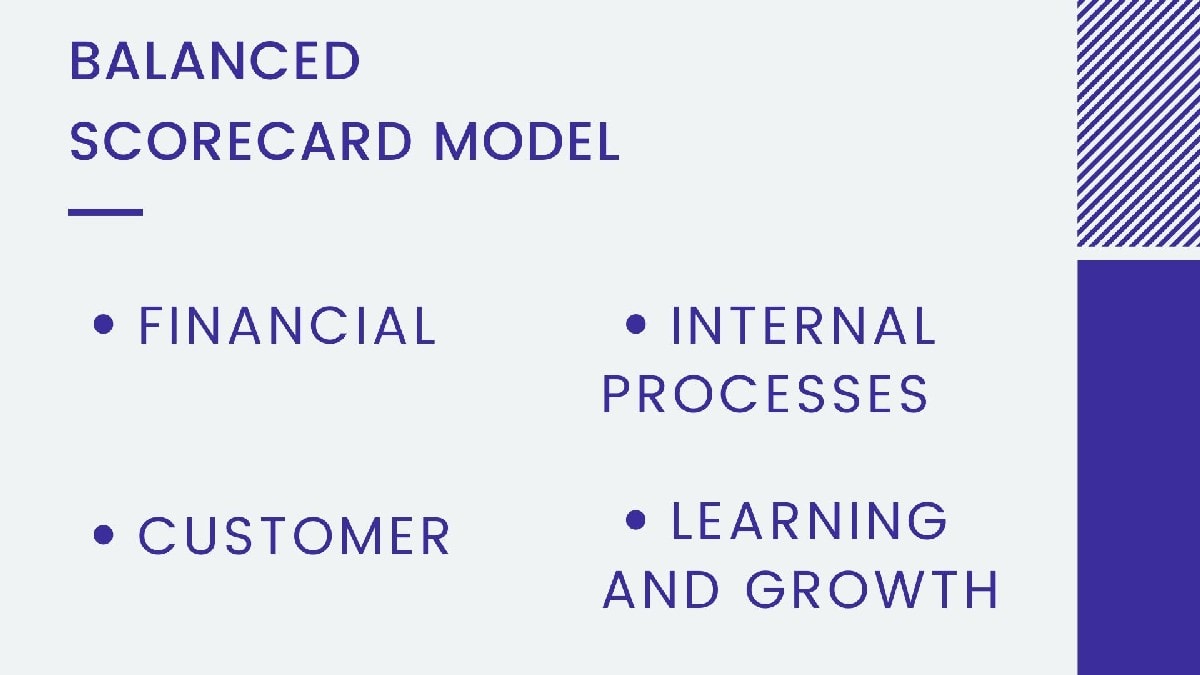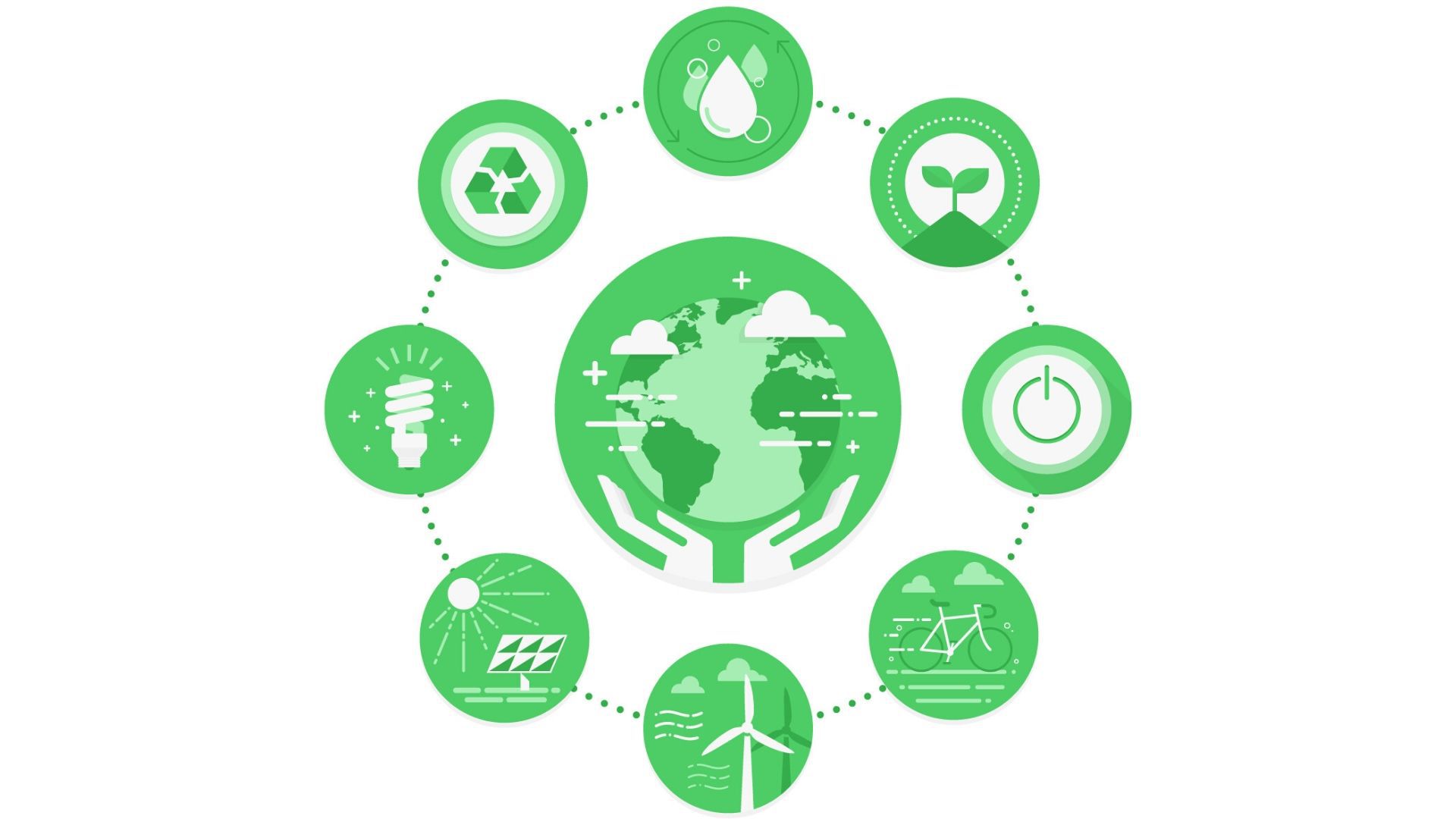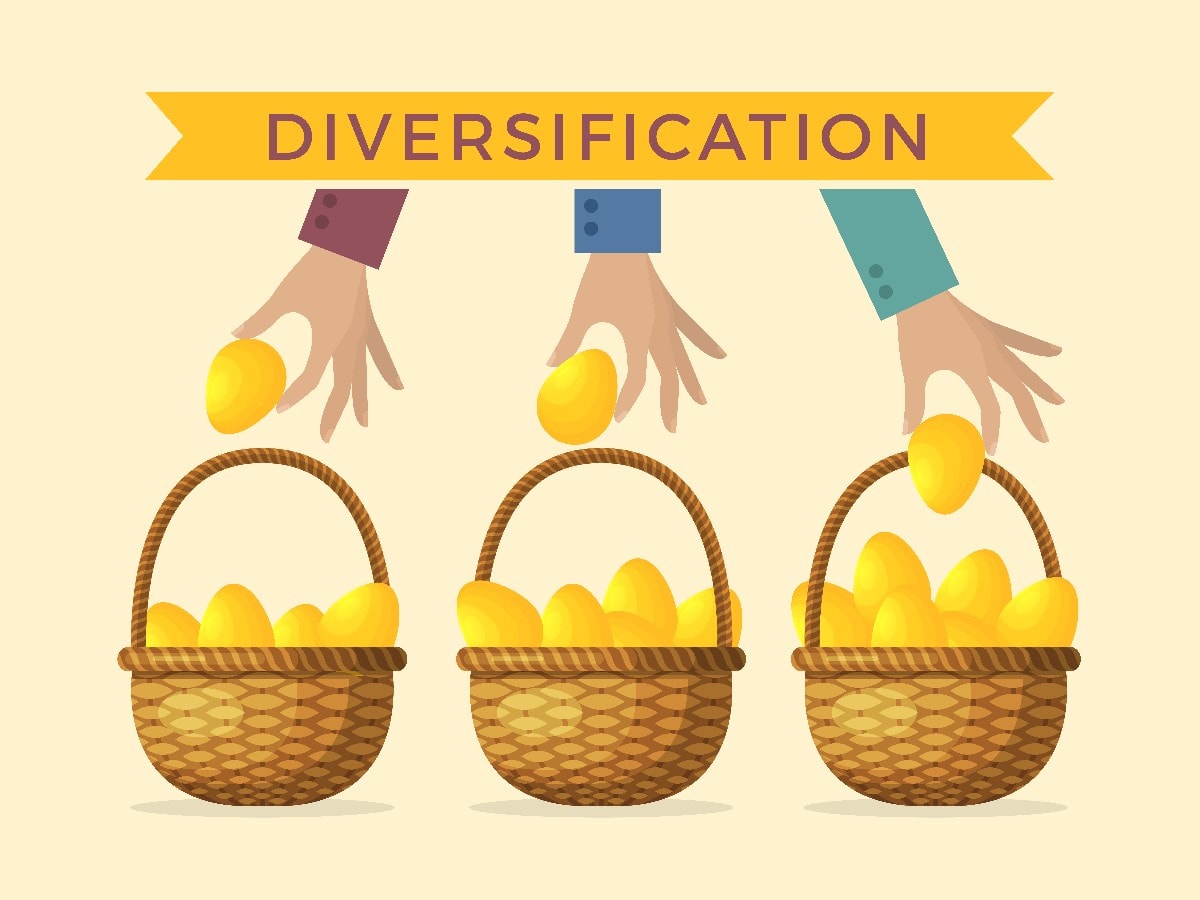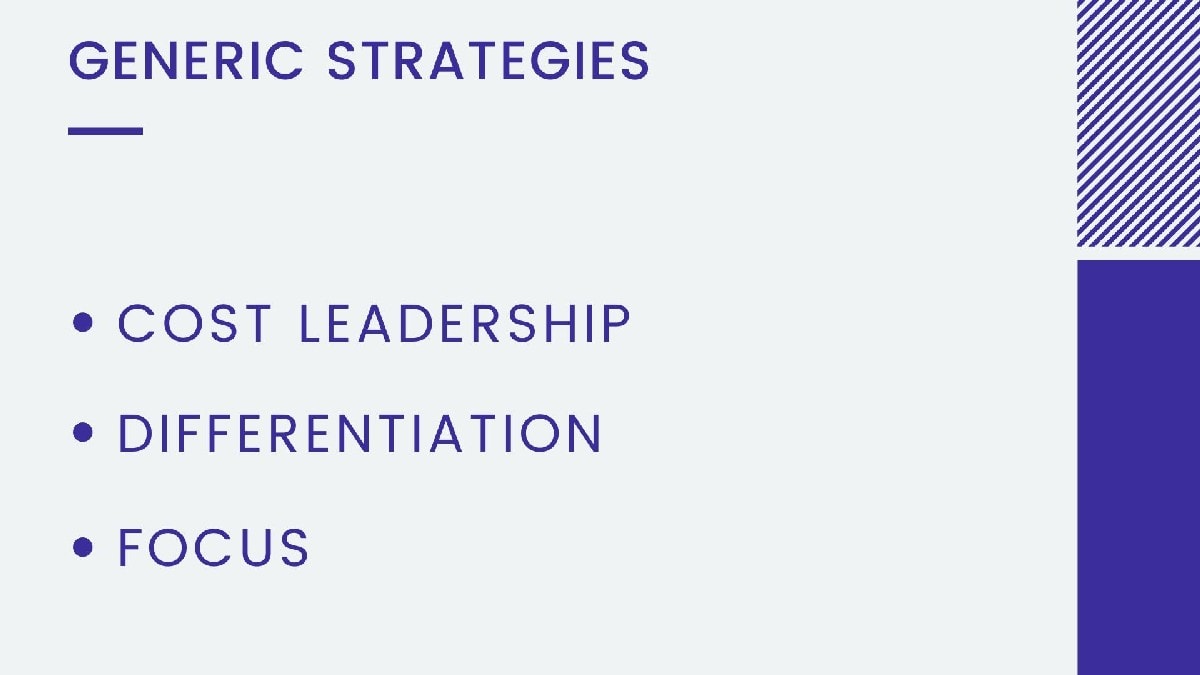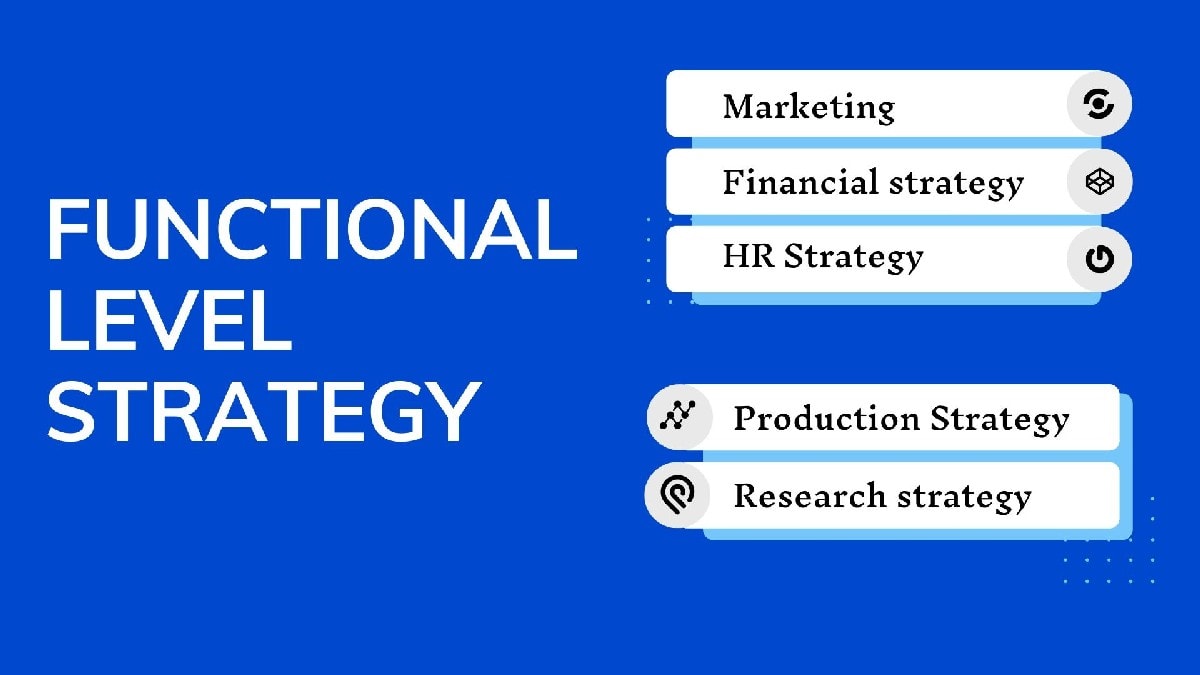A cash cow is a product or service or venture that is involved in generating huge profits is also utilized for making money by supporting…
Strategy Articles
Expert insights on strategic planning & implementation for businesses. Learn to create effective strategies for growth and success.
Corporate-Level Strategy: Definition, Types & Characteristics
What is Corporate-Level Strategy? Corporate-level strategy creates shareholder value through growth and profitability and gives overall direction to the business. Corporate-level strategy is the highest level…
Disruptive Technology: Definition, Meaning and Examples
Disruptive technology is one that displaces an established technology and shakes up the industry or sector in which it is operating. Disruptive technologies are often…
Discontinuous Innovation – Definition, Pros and Cons
What is Discontinuous Innovation? Discontinuous innovation is a major innovation that creates a new market or significantly transforms an existing one. It is a type…
Concentric Diversification – Meaning, Strategy and Examples
Concentric diversification is a strategy employed by companies to expand their businesses by adding new products or services that are related to their existing ones….
Conglomerate Diversification – Definition, Steps and Advantages
Conglomerate diversification is a diversification strategy that can take many forms, but all involve the acquisition or launch of new businesses that are not related…
Delta Model – Definition, Importance and Case Study
The Delta Model is a mathematical model that is used to predict the changes in various quantities over time. This approach can be useful for…
What is Product Innovation and Why is it Important?
Product innovation can be understood as the development-driven process that empowers a business in making better products or improving existing products for the consumers. These…
Strategic Goals – Definition, Importance and Examples
Strategic goals are defined as planned objectives that an organization tries to achieve. Many senior managers usually take a lot of time to develop and…
Technology Competence – Overview and Its Features
Every organization is equipped with the latest technology in the market. There are technological wars of different companies with each other. For example, Amazon competes…
Doblin’s 10 Types of Innovation Framework Explained
Whenever we need something so badly in the business landscape, innovation is bound to happen. From the slight improvement in the user interface of your…
How to Write a Mission Statement With Real Examples
A mission statement is defined as a roadmap that describes the vision statement of an organization. In other words, it is an action-oriented statement that…
Strategic Marketing – History, Phases, Components and Importance
Strategic Marketing encompasses all the best practices to implement one’s business’s mission and vision, using specific processes to maximize the plan’s outreach. Marketing is the…
Strategic Planning
Strategic planning is a process an organization uses for making its specific business strategies regarding key decisions, priorities, operations, and implementations in a manner that all…
Strategic Control – Types, Process and Contribution
Strategic control is defined as finding different methods to implement the strategic plan. It is unique to handle and intends to handle the unknown and…
Sustainable Marketing – Strategy, Importance and Principles
Sustainable marketing is using and promoting the environment to sustainable and socially responsible products, brand values, and practices. Businesses do not implement sustainable marketing for…
What Is Harvesting Strategy in Business?
A harvesting strategy is basically a plan that is used in the field of business industry which involves either canceling or cutting down the expenditure…
Bargaining Power of Buyers & Suppliers Explained
Bargaining power is defined as the ability of parties to influence each other. It is an essential part of the negotiation, and the party with…
The Top 10 Strategy Framework for Businesses Explained
What is Strategy Framework? A strategy framework is defined as a structural method that is utilized to design how an initiative would assist the primary…
Balanced Scorecard: Definition, Perspectives, Importance & Benefits
Are you looking for a Business Management System that can help you in finding out and optimising the internal functions of your business and associated…
Sustainable Business – Definition, Process and Principles
With the growing economic challenges, increases the demand for sustainable business. A sustainable business is the ideal requirement of a modern-day environment. People often misunderstand…
Diversification in Finance or Investing
Diversification can be understood as a technique that enables you to allocate capital or portfolio to different types of investments. Diversification plays a crucial role…
Developing a Personal Vision
Personal vision can be termed as an integration of the interests, abilities, goals, skills, values or personality. With your personal vision statement, you will be…
Strategy Definition – What Is Strategy?
You must have heard from your seniors or teachers to make a proper strategy for achieving your life goals. This strategy makes stands tall in…
Porters Generic Strategies Explained
An economic researcher, Micheal Porter, in the early 1980s, studied the competitive behavior that comprise successful behavior. The purpose of his study was to determine…
Corporate Strategy – Meaning, Components, Goals and Advantages
Corporate Strategy can be understood as an all-embracing scope and direction along with the means, mediums, methods, and mechanisms through which different business operations of…
Tactical Planning – Definition, Importance, Characteristics And Strategy
Definition: Tactical planning is short term planning which takes into account the current operations of an organization. In this, you will be creating a strategic plan…
Money Back Guarantee – Meaning, Pros And Cons
Have you ever returned a product that you bought from any site? Well, if you have, then you must have seen that there is a…
Price Discrimination – Definition, Types, Objectives & Examples
Companies use various pricing strategies to generate profit by selling the same product. price discrimination is popularly used pricing strategy by companies to generate profit….
Market Development – 4 Steps and 5 Types Of Market Development
Market development is a strategy for growth that organizations use to develop new markets or new market segments for existing products. The primary targets of…
Strategic Groups Definition – Meaning And Examples
Definition Strategic groups can be defined as a group of companies within a particular industry that follows a similar strategy or similar business model. The…
Functional level Strategy: Definition, Examples And Variables
Definition Functional service strategy can be defined as the everyday strategy which is formulated to help in the application of business and corporate-level strategies. Usually,…
Industry Life Cycle – Stages Of Industry
Definition The Industry life cycle denotes the evolution of the industry from the different stages it has to go through based on the characteristics of…
Planned Obsolescence – Meaning, Types, Strategy, Pros and Cons
Definition of Plan Obsolescence Planned Obsolescence is the purposeful introduction of limited life artificially for a product or a design of the product so that…
Gap Analysis: Types, Advantages, and How to perform Gap Analysis
Gap analysis is the difference between the actual performance of an organization and the desired or potential performance. If the current resources of an organization…
What is Growth Strategy in Business? Types and Steps
Growth strategy is a strategy to win increasing market shares so that the business is always on a growing trajectory. There are 4 main growth…
Critical Success Factors – Meaning and How to find them for your Business
It is really difficult to get the actual knowledge of the business situation since there are lots of matters that are competing just to get…
Scenario Planning: Definition, Examples, and the Process
Want to make a strategic plan for the future of your business? Looking for a tool that can tell you about the uncertainties of the…
Competitive Strategies – Definition, Limitations, and the Importance
Definition A Competitive strategy can be defined as the action plan which takes place over a long period of time and is used by different companies…
Social Impact: Meaning, Theory, and Different Sectors associated
What does happen when an organization’s positive or negative activities cause effects on the well being or the existence of society? It causes some sorts…

